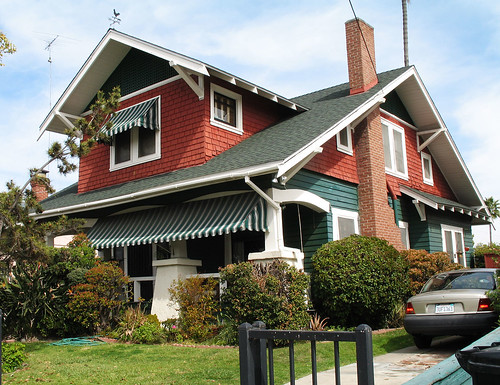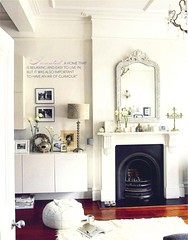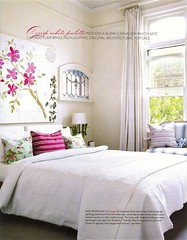

Craftsman style homes took off in popularity in the late 19th century following the founding of the Arts and Crafts movement in England in the mid 1800's. It's architecture encompasses the Bungalow, Foursquare and Craftsman types of architecture.
It remained very popular until the late 1930's. Many types of pre-made kits were even available from companies such as Sears and Roebuck's that could be built on site.
Colors from this period of architecture took their cues from nature and tended to be very organic though it must be noted that they were often considerably brighter than the "muddy" colors of the Victorian era, especially in the later Craftsmen years. Advances in the paint industry also allowed for a much wider range of paint colors to choose from. Deep browns, yellows, greens, greys and reds dominated the first Craftsman homes often with complementary darker trims and details. In the 1920's and 1930's, lighter, brighter tones were popular and trim work was often lighter or even off-white. On two story Craftsman or Foursquare homes, color was frequently divided between the upper and lower levels. A darker color could either appear on the first or second story.
Many homeowners who are lucky enough to own one of these gems want to return their home to it's historical glory. Perhaps a paint job from a previous owner is historically wrong or simply just plain unappealing to it's new owners. Many paint companies now offer "historical" color palettes to help guide homeowners in the right direction. Hiring a knowledgeable color consultant is also money well spent when it comes to choosing historically correct colors that also appeal to the homeowner.




